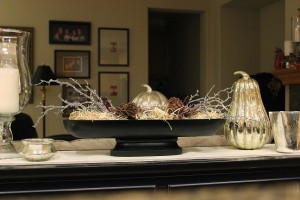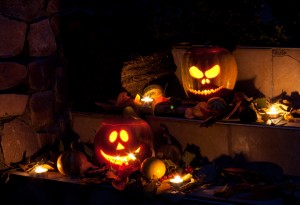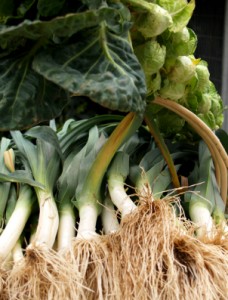
Flowers that grow from bulbs are prized for their beauty and often fragrance. Blooms from bulbs usually make their show in the early spring and sometimes on into the summer, however some may make their appearance as early as late winter, peeking their way through snow covered ground.
What I’d like to share in this post is how we can easily create spots of color and interest in our own gardens in springtime by planting flower bulbs in the weeks ahead as the weather gets cooler into fall.
Interesting thing about flowering bulbs; is that they survive a long period of dormancy underground. They can also be planted in pots indoors as well. Really all they need to do well is have nearly neutral, well-drained soil in full sun, though some species of bulbs that naturally thrive in the woods would need partial shade. Make sure you do a bit of research for the right conditions for the bulbs you choose.
So to start, the thing to know about bulbs is that they need to be planted at the right depth. A good rule of thumb would be to be mindful of the size of the bulb – the bigger the bulb, the deeper it should go. Generally, bigger bulbs require approx. 8 in. in depth and smaller bulbs need around 5 in. Make sure you plant with the tip side up. Also consider the climate; in colder regions you may have to cover with mulch or extra layer of soil to protect from the cold. If the bulbs you choose are prone to rot, they’re best laid in sandy soil to make sure they get the correct amount of drainage.
Bulbs are natural storehouses of food, so you won’t need to fertilize the first year and if your bulbs are intended to naturalize, spread an organic fertilizer such as compost or slow release bulb food on top of the soil the following year. Just remember to never mix fertilizer in the planting hole, as this can burn the roots After you’ve got them in the ground, give them a light sprinkling; never soak the ground as that could cause decay. As the Dutch like to say – “tulips don’t like to have wet feet”. You most likely won’t need to water them again unless the ground is very dry. The rain in fall and winter should provide enough moisture.
For a splash of color and impact, plant them in clusters. If you’re planting them in a bed, be mindful of flowering time and height; shorter in front and taller in back etc. Another fun thing to do is create a color theme or planting with color contrast. With a bit of imagination and a few hours on a brisk fall afternoon you can enjoy an easy colorful garden of blooms in the spring.
Below are some examples of how others have used bulbs in their gardens. For more information on the following applications, click on the image – there you can obtain more information regarding these designs.









